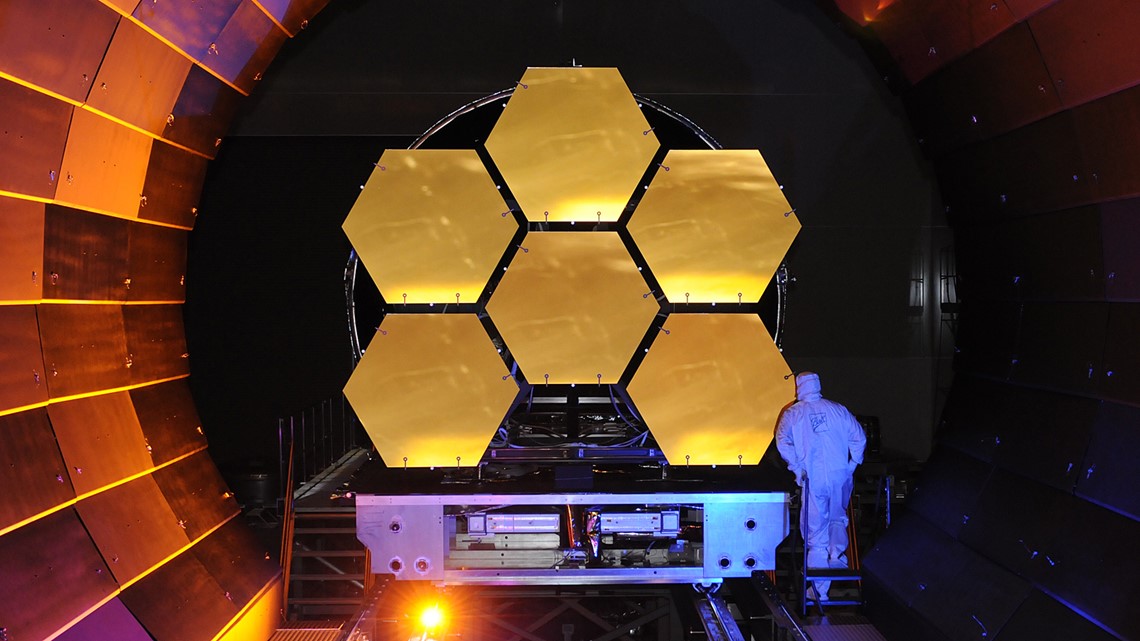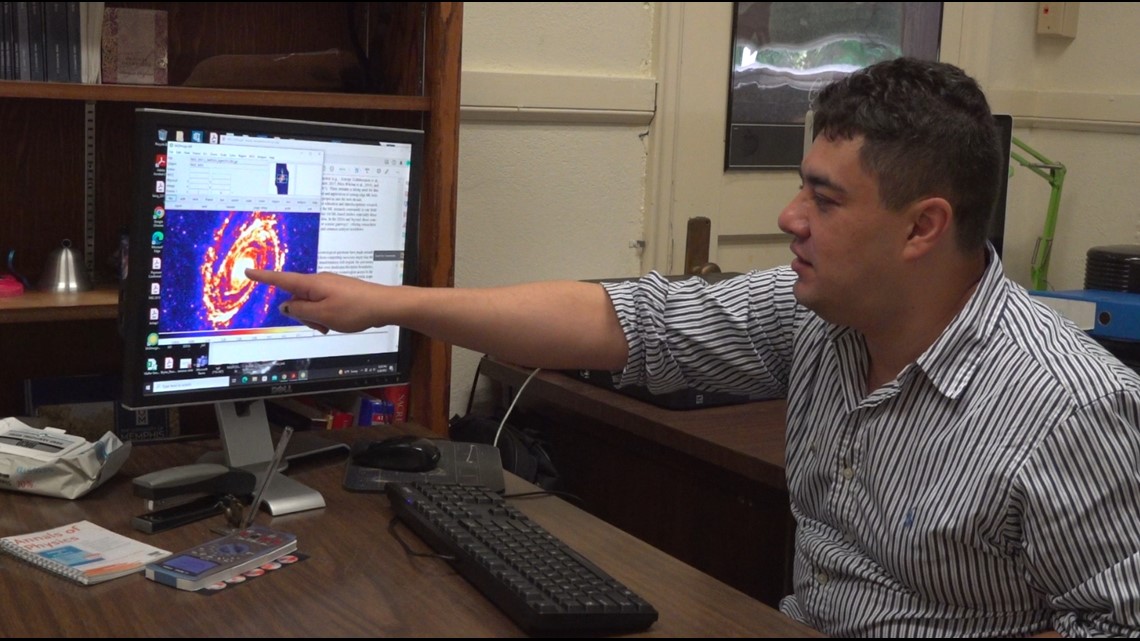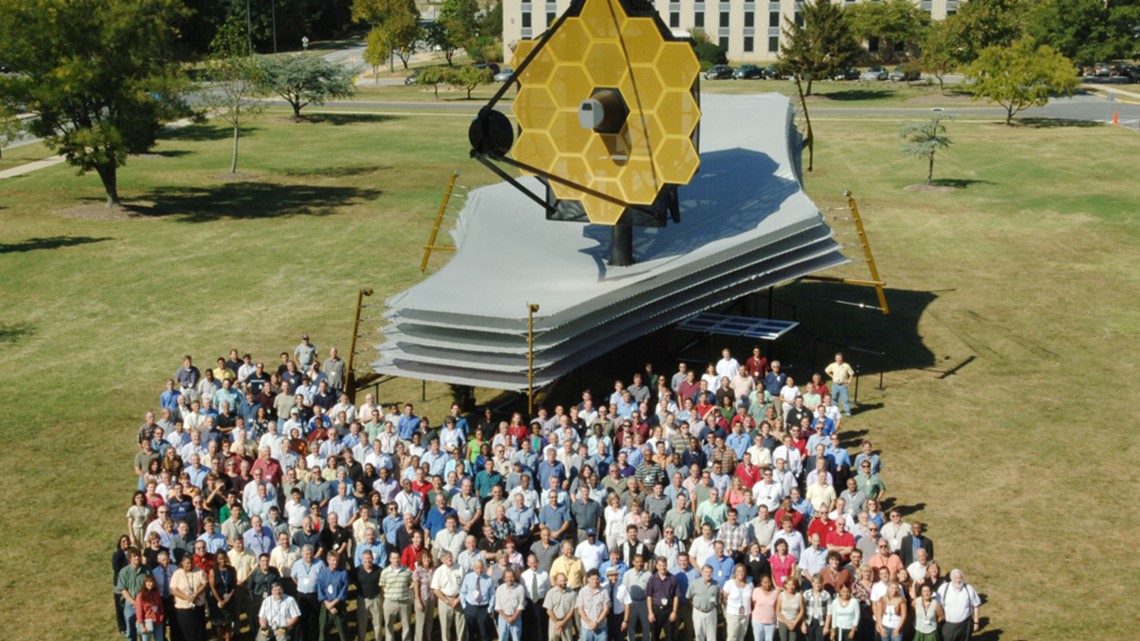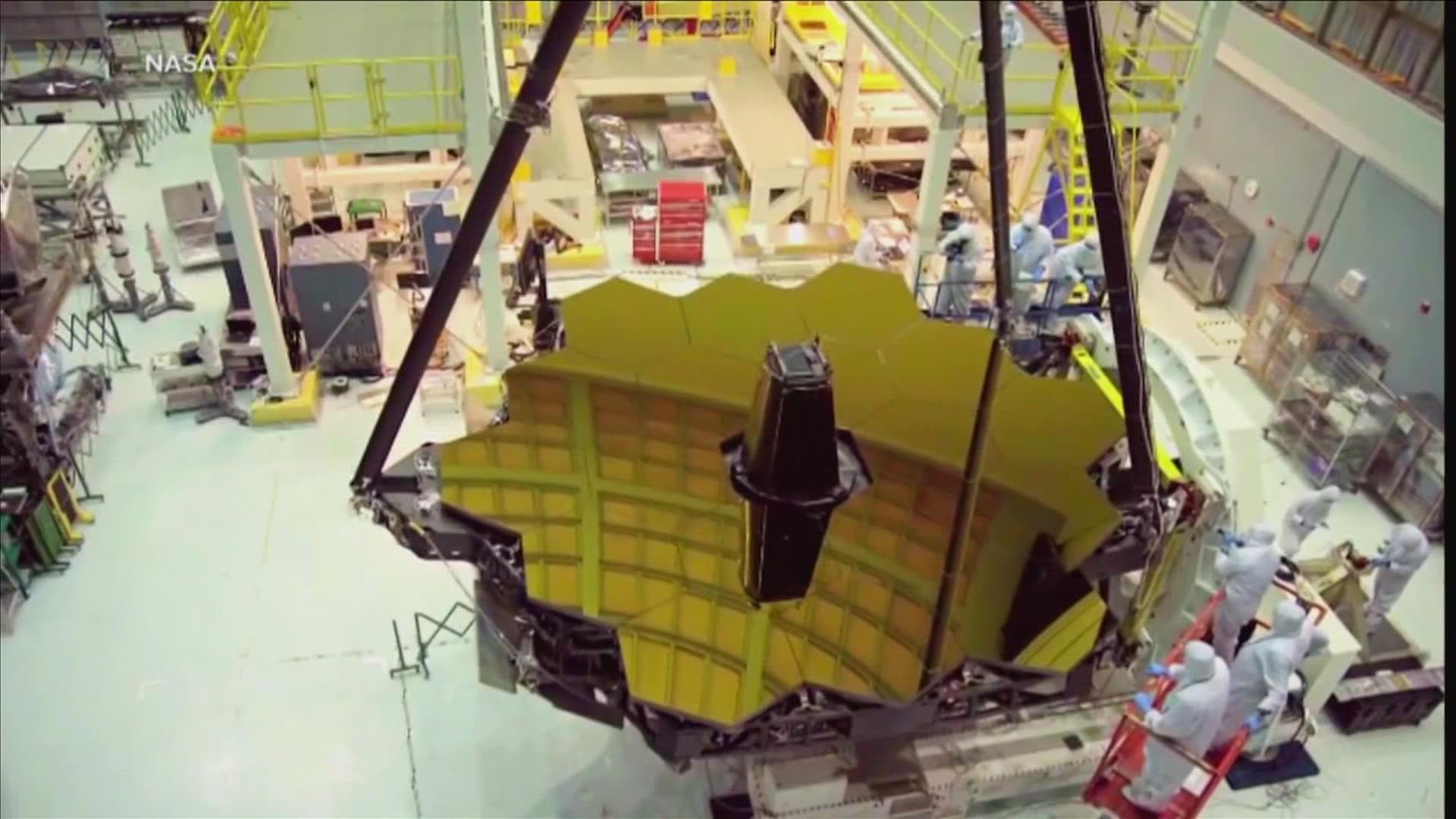MEMPHIS, Tenn. — The James Webb Space Telescope is the biggest and most advanced telescope the world has ever seen. NASA launched the telescope last Christmas with the opportunity for astronomers and scientists all over the world to study what is beyond our universe.
We spoke with the James Webb Space Telescope Program Director and a University of Memphis Assistant Professor who was awarded time on the telescope to conduct research.
The possibilities for discoveries are endless when it comes to the James Webb Space Telescope. Where do we come from? Are we alone? How do galaxies form? It is an exciting time in science and the world. We’re taking a closer look at the research being done right here in our own backyard.
“The James Webb Telescope is the most powerful telescope that we have ever built,” said University of Memphis Assistant Professor Francisco Muller Sanchez.
“I call this the world's telescope,” said Gregory Robinson. He is the James Webb Space Telescope Program Director and now one of the Time100 Most Influential People.


“I came on just four years ago, March of 2018. At the time, we were having some, some issues, just getting it over the goal line going into launch,” said Robinson.
After 20 years of development, the telescope launched Christmas Day 2021.


“It's going to allow us to look back more than 13 and a half billion years, which still blows your mind,” said Robinson.
The telescope will go further than any telescope with better resolution and images. It will give insight to galaxies, stars, planets, and possibly life beyond the Milky Way.
“The telescope is extremely complex,” said Robinson. “It's too big to set inside of a rocket fairing. So, we had to fold it up kind of origami style. So, it can fit inside the rocket fairing and launch it. But now the big challenge is deploying all of that stuff in space.”
That deployment takes 29 days.


“I tell you this was almost flawless the deployment. So, certainly relieved by the whole team," Muller Sanchez said.
It is a team that now includes University of Memphis Assistant Professor, Francisco Muller Sanchez. More than a thousand scientists submitted proposals to NASA to reserve time on the telescope for research projects. Muller Sanchez was one of about 250 scientists awarded time. He has two research projects.
“When I received the news, I was very happy. I couldn’t hardly work,” said Muller Sanchez.
He will be studying supermassive black holes, how they are fed, and how they influence galaxies.
“A black hole is a ring in space where the force of gravity is so strong that nothing can escape from it. Nothing, not even light,” said Muller Sanchez. Supermassive black holes hold objects with more than a million solar masses.
“The sun, our star, if it was a supermassive black hole, it would be the size of the campus of the University of Memphis. So, imagine all the mass from the sun is the size of the University of Memphis,” said Muller Sanchez.
Every galaxy has a supermassive black hole at its center, but some have black holes that are wandering. That is what Muller Sanchez will study.


“It is moving around, but we don’t know if it is moving toward the center or if it’s moving away from the center or it’s orbiting,” said Muller Sanchez.
It also may shed more light into gravitational waves.
“We've never done anything like this in the world, not just NASA, but in the world. So, it shows what a team can do when it really pulls together,” said Robinson.
It is a stellar team from around the world developing knowledge for light years to come.
“Astronomers are expecting that our view of the universe to change thanks to James Webb,” said Muller Sanchez. His time on the telescope will be closer to the winter holiday season.
“The whole world would never look at the sky the same in the future,” said Robinson. He is also a finalist for 2022 Service to America Medal or the Sammies People Choice Award. Voting closes July 1. You can vote for a finalist here.
The James Webb Space Telescope has enough fuel to last at least 20 years. On July 12, NASA will show the first images from the telescope.



